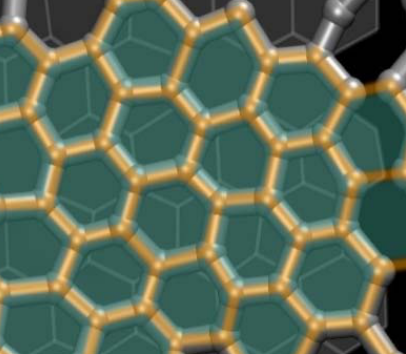We shed light on the catalyst-free growth of graphene from amorphous carbon by current-induced annealing by witnessing the mechanism both with in-situ transmission electron microscopy and with molecular dynamics simulations. Both in experiment and in simulation, we observe that small aC clusters on top of a graphene substrate rearrange and crystallize into graphene patches. The process is aided by the high temperatures involved and by the van der Waals interactions with the substrate. Furthermore, in the presence of aC, graphene can grow from the borders of holes and form a seamless graphene sheet, a novel finding that has not been reported before and that is reproduced by the simulations as well. These findings open up new avenues for bottom-up engineering of graphene-based devices.

We shed light on the catalyst-free growth of graphene from amorphous carbon by current-induced annealing by witnessing the mechanism both with in-situ transmission electron microscopy and with molecular dynamics simulations. Both in experiment and in simulation, we observe that small aC clusters on top of a graphene substrate rearrange and crystallize into graphene patches. The process is aided by the high temperatures involved and by the van der Waals interactions with the substrate. Furthermore, in the presence of aC, graphene can grow from the borders of holes and form a seamless graphene sheet, a novel finding that has not been reported before and that is reproduced by the simulations as well. These findings open up new avenues for bottom-up engineering of graphene-based devices.
